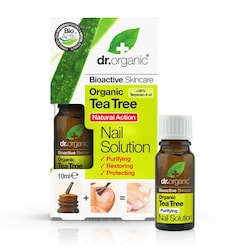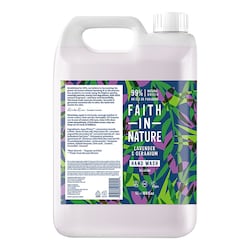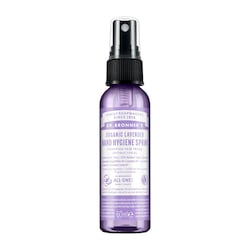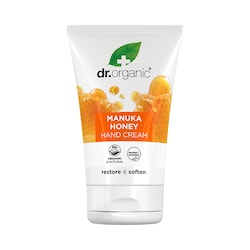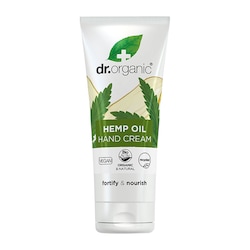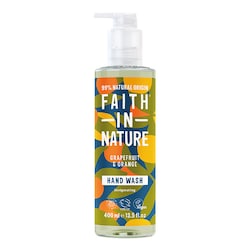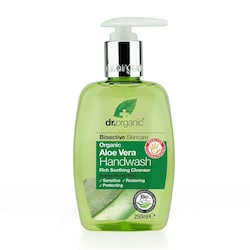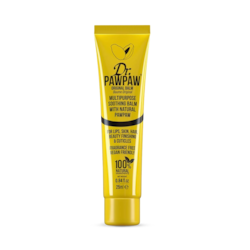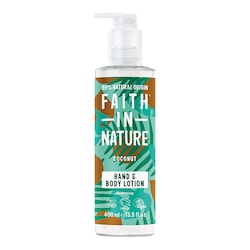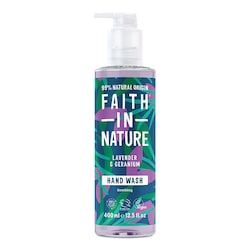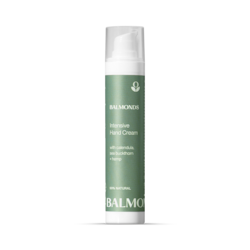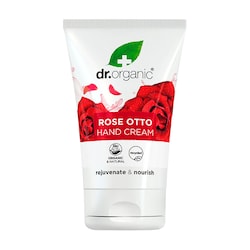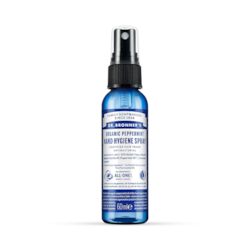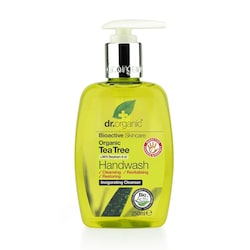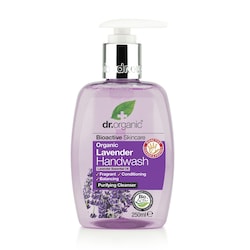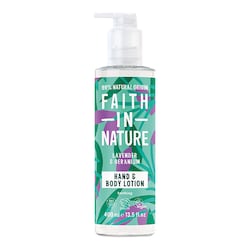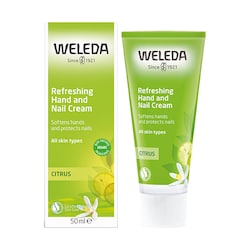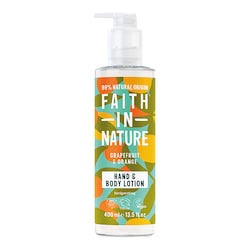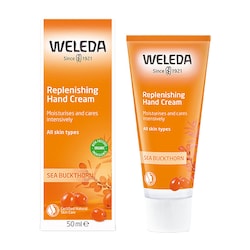20% off £30
What are nails made of and why do we have them?
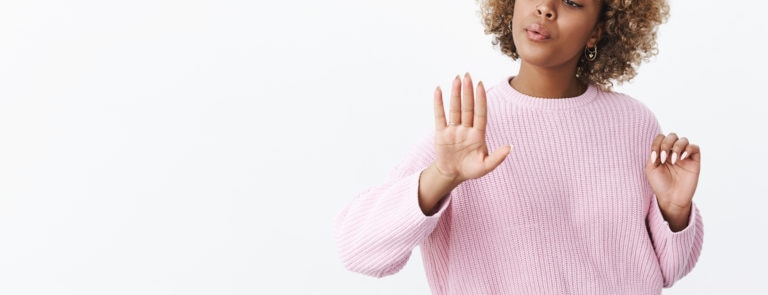
Ever looked at your hands and thought – why do we have fingernails? What are they made of? And what would happen if we didn’t have them?
Nails are the finishing touch to our fingers and toes, and a multi-billion-pound industry exists around keeping them looking good. But what exactly are they?
Read on to learn everything you’ve ever wondered about nails and why we have them.
What are nails?
Nails are a tough plate of hardened cells protruding from our finger and toe ends.
However, the part of the nail we see is only the tip of the iceberg. Below the surface there’s plenty going on, and our nails are linked up to a vascular environment of blood vessels, soft tissue, cellular activity and ligaments.1
Our nails also contain important clues to our health status, lifestyle, recreational habits and can even tell whether or not we’re stressed.
Handpicked content: 6 signs of good nail health
What is a nail made of?
Ever been curious about what exactly nails are made of? Find out the answer here.
What are fingernails made of?
Fingernails are mostly made up of a hardened protein called keratin. Keratin is the same stuff which makes up hooves, claws and horns in animals. It’s also found in our very own hair and skin.
The formation of a nail begins out of sight, inside a part of the fingertip called the nail root. This is where the cells which will eventually form the nail plate gradually die, harden and push out of the skin.2
As the older cells are compacted and pushed out of the skin by the formation of new cells, they take the hardened, flattened form of the fingernail.
What are toe nails made of?
Toe nails are also made of the tough keratin protein, and formed in exactly the same way as the nails on our fingers.
What are cuticles?
Cuticles are a thin waterproof membrane which seal the nail plate to the fingertip. Cuticles are an important barrier to infections around the nail.
Why do we have nails?
Humans have fingernails because we are primates, evolved from forest-dwelling species.
It’s thought that fingernails are an evolutionary variation on claws. Our mammalian ancestors evolved away from claws and towards the broad-tipped fingers we have today.3
Broader-tipped fingers supported by a sturdy keratin plate were handier than claws for grasping smaller branches while travelling across tree canopies and collecting fruits. (Just look at a monkey’s hands – their nails are extremely similar to ours).
Our nails help us in the following ways.4
-
Nails help us grip
Nails help us grip by offering a solid surface for the pads of the fingers to press against as we grip something tightly.
-
They are a tool
Can you imagine opening a drink can without fingernails? Fingernails help enhance the function of our fingers, enabling us to perform manual tasks more easily.
-
They help us defend ourselves
Just like a cat, humans can use fingernails in self-defence if required.
-
For grooming
Just like primates in the jungle, human fingernails are useful for removing lice, ticks and other pests from our skin and hair.
-
They aid food preparation
Think about the last time you peeled an orange. Chances are, you used your fingernails!
-
They protect our fingertips
Fingertips (and toe tips) are packed with nerve endings and blood vessels. Our nails provide a hard, protective shell for these vulnerable digits.
-
They help us dig
OK, so when we’re gardening, we usually use a trowel or other tool to make the job easier. But in a survival situation, we could dig or claw earth with our fingertips just like animals do.
-
They help our tactual sensation
Our nails help us judge how to hold things, detecting pressure changes and increasing the sensitivity of our fingertips.
-
They help us scratch itches
Whether you’re a forest-dwelling mammal, cat, dog or human – everyone loves a good scratch.
Summary
- Nails are made from a hardened protein called keratin
- Nails cells begin in the matrix – where they’re compacted and pushed out over the nail bed
- It’s thought nails evolved from claws – but they still have plenty of uses for modern-day humans
Parts of a fingernail
Your nails are made up of the following parts:5
- The nail plate: the part of the nail you can see.
- The nail bed: the tissues underneath the nail plate, which contain tiny blood vessels.
- The cuticle: the layer of clear skin that overlaps and forms a rim at the base of the nail plate.
- The nail folds: the skin that supports and frames the nail on three sides. The nail folds can get swollen easily if irritated and are prone to infections (paronychia) caused by injury, bacteria or fungus.6
- The lunula: the white-ish half-moon shape at the base of your nail.
- The matrix: where the nail originates – the buried part of the nail found under the cuticle. The matrix contains nerves, lymph and blood vessels.
- Hyponychium- commonly referred to as the ‘quick’, it’s the pink, raw skin underneath the nail at the very tip of the nail plate.
- Sinus – base of the nail underneath the skin, also known as the nail root. It’s the newly-created nail which is preparing to edge its way slowly into view.
- Free edge – the part of the nail you trim, the free edge is the tip of your nail which has grown past the hyponychium and isn’t connected to the skin on your fingertip.
21 facts about nails
- 'Onychology' means the study of fingernails and toenails.
- You nails aren’t dead – they just contain dead cells. Nails are actually linked up to a richly vascular system in your fingertip.
- Nails are pink because you can see the capillaries underneath
- You may not be able to see the lunula – the whitish crescent moon shape at the base of your nail – on your little finger.7
- You’re not meant to wear nail polish during operations because the medical staff need to measure oxygen levels in your blood both visually and using a pulse oximeter, both methods are hindered by nail polish.8
- Your nails are connected to your bones via ligaments under the skin. This is why the health of the bones in your skeleton influence the nail mineral content.9
- Fingernails grow at a rate of 3.5 mm per month. 10
- Toenails grow much slower at around 1.6mm per month.11
- Your nails are part of the integumentary system, which includes skin and hair.12
- A thin, curved nail with ridges suggests you may have an iron deficiency.13
- Your nails can indicate whether you’ve taken drugs or drank alcohol over the past few months.
- Medications, including tetracyclines, quinolones, clofazimine and zidovudine can cause nail damage.14
- Fingernails thin as we age – but toenails thicken.15
- The nails are the last place on the body to receive oxygen as they’re the furthest from the heart.16
- The nail plate texture pattern is unique to you, like a fingerprint.17
- Nails grow faster in the summer than in the winter.18
- Nails may change colour, become loose or fall off after an injury.19
- Fingernails which fall off after injury should grow back in six months.20
- If you’ve lost a toenail, this can take up to 18 months to re-grow.21
- Smoking, nail varnish and even cooking with spices can stain your nails.
- It’s a common myth that nail growth rate is faster during pregnancy. In fact, nails get thicker during pregnancy but don’t grow any faster.22
Nail FAQs
You asked… we answered!
Are nails dead skin?
Nails are made of dead keratin, which is a hard protein. Keratin isn’t technically skin, although it’s found in the skin (as well as the hair).
How far do fingernails go back?
Your nail root (or sinus) is located a couple of milimetres behind the cuticle of your finger and toenails.
Are nails bones?
No. Bones are made up of collagen and calcium phosphate, whereas nails are made from keratin.23
Are nails made of hair?
Not exactly – although they’re both made of keratin. The difference is how the hair grows, with the keratin chains less compacted than in the nails.
Do hair and nails grow after death?
No. Hair and nails rely on oxygenated blood flow to grow. So, very soon after death, the cells responsible for their growth will die.
This grisly myth mainly comes from the illusion created when dehydrated scalp and fingertips shrink back to reveal ‘longer’ hair and nails.24
Summary
- Nails are made up of several different parts, including the nail plate, nail bed, cuticle and matrix
- Fingernails grow around 3.5mm per month, with toenails growing 1.6mm per month
- Nails may be dead, but they’re linked up to your blood and bones
- Nails are important indicators of overall health
How to look after your nails – 15 ways
- Keep them clean – this reduces infections.
- Use an acetone-free nail varnish remover – it’s gentler on the nails.
- Be gentle - don’t scrub at them or use metal tools under the nail.
- Clip them regularly – at least every two weeks to keep them neat and minimise breaking.
- Keep a nail file close by – to deal with splits and chips on the go.
- Eat a good diet – protein, biotin and antioxidants like vitamin C can help keep nails strong. 25
- Don’t smoke or drink – these can cause yellowed, flaky and weak nails.26
- Wear rubber gloves when washing up – hot water strips oil from the nail plate.
- Wear shoes that fit – too-tight shoes can cause ingrown toenails.27
- Change your socks daily – this reduces the risk of a fungal nail infection.28
- Address fungal infections promptly if you do get them – the infection can spread elsewhere on the foot.
- Don’t bite your nails – it causes swelling, broken skin and can introduce nasty pathogens to your mouth.29
- Avoid nail extensions – acrylic extensions thin, weaken and damage your natural nails. Take breaks in between applications to allow your nails to heal.
- Never pick or peel off nail varnish or gel manicures – it damages the natural nail.
- Try not to use your nails to rip, lift or scratch off stubborn things. Save your nails and use the correct tools instead.
Summary
- Keep your nails clean and trimmed to reduce infection risk
- Wear gloves when washing up, cleaning or gardening
Want to know more about how to protect your nail health? Check out these 7 ways to improve nail strength.
Last updated: 11 June 2021


